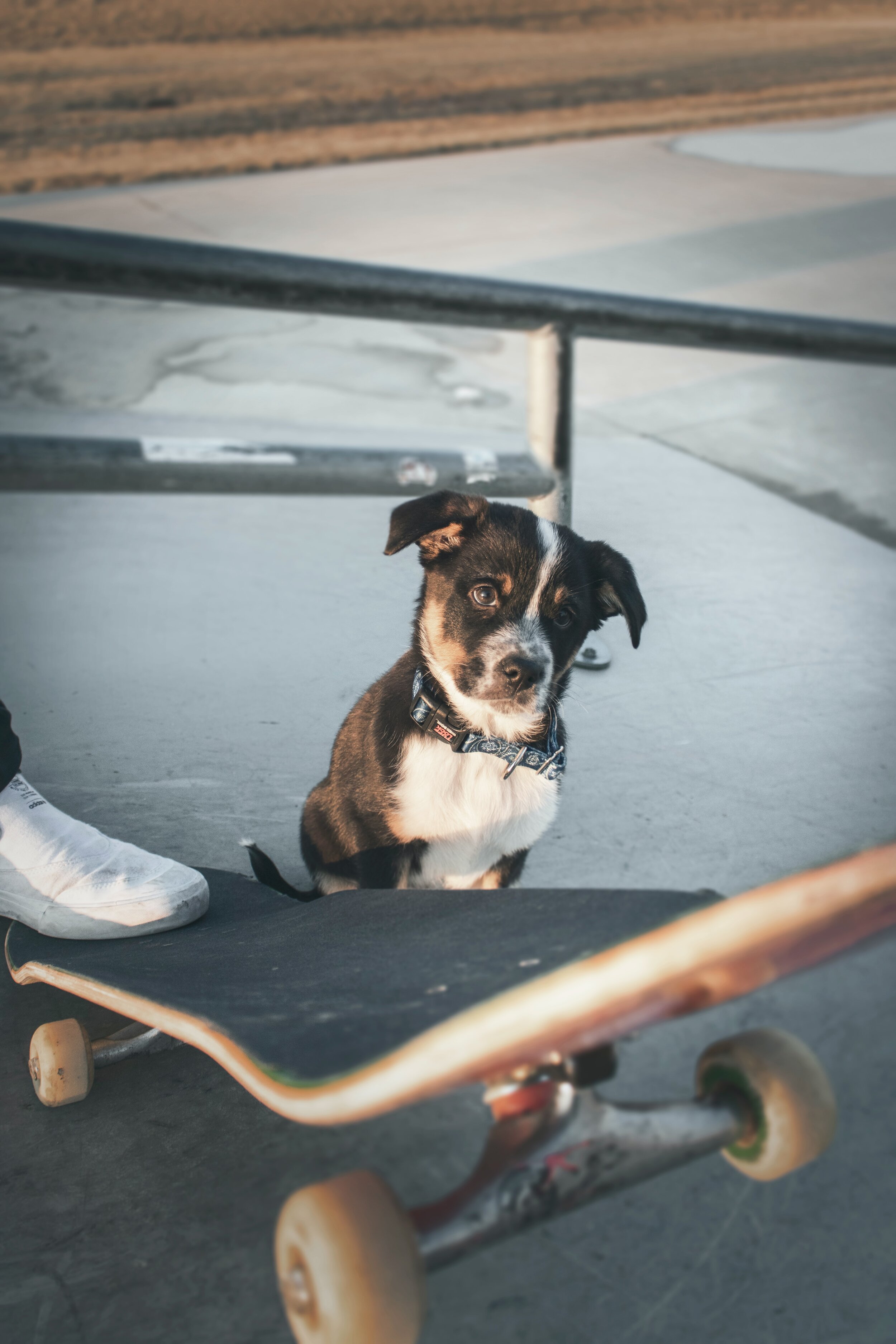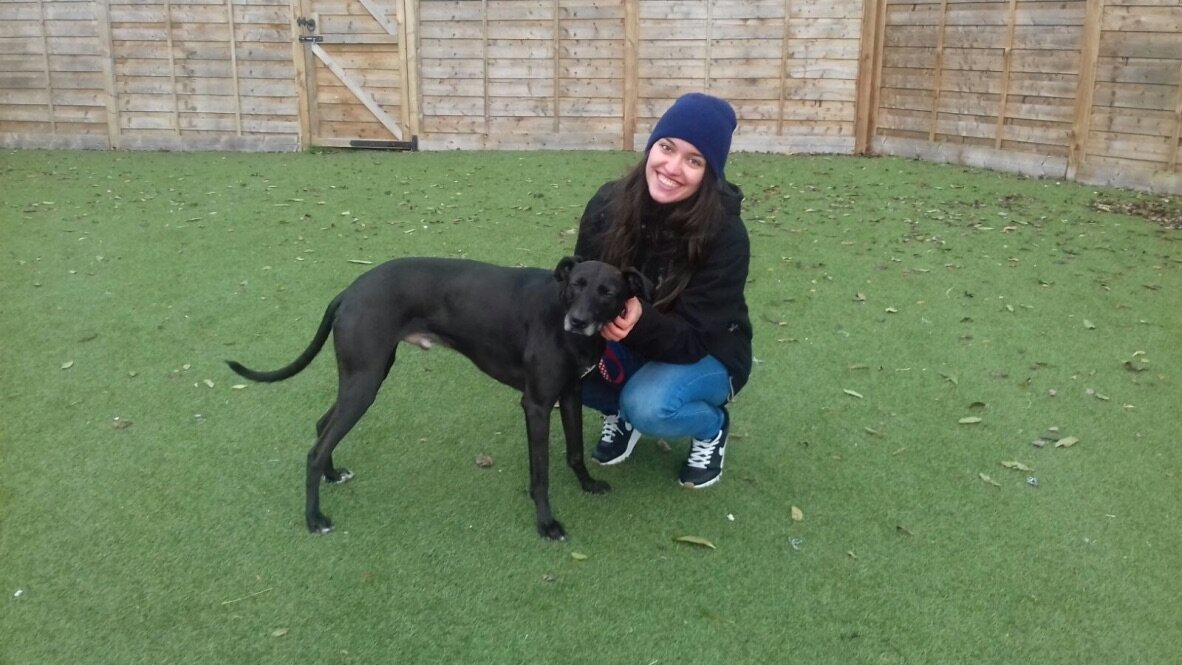Why is my dog doing this?
Why is my dog doing this? A question most dog guardians/caregivers/owners ask. What’s the most common answer dog trainers give? It depends.
From fearful to confident
Working with fearful dogs is based on consistency and predictability. Environment plays a huge role and can easily exacerbate fear. The animal shelter environment is very difficult as everything there is different for the dog. That’s why it’s even more fulfilling to watch a transformation dogs can go through in there.
Are you walking your dog for yourself or your dog?
Walking your dog can be a frustrating experience. It comes from misunderstanding each other. The dog doesn’t get to read all of the news (or check his Facebook) through sniffing and you feel like he doesn’t listen to you or is disobedient. Changing the way you see the walks and lowering your expectations can be an easier and faster way to enjoy your walks again.
What do you think about punishment?
Punishment is unavoidable. It’s a naturally occurring phenomenon but it’s not the most effective way of changing behaviour. Rather than leave it to chance of what our learner will do, let’s take responsibility for teaching the behaviours that will work functionally for us both.
Why we use treats? Come when called
When your dog is coming to you because he gets a treat for it, you can quickly start to see him not only having relaxed body posture but he can also start running towards you. He starts to give you more and not just enough to get by. In my opinion, in the long run, it’s a more effective way of training.
Dogs’ body language part 2
To understand our dogs better, it’s important to start recognising their body language. It’s a skill that can be developed through observation.
The influence of the environment
When we start to see the environment as a cause of the behaviour instead of looking for the cause inside the animal, we give ourselves a chance to influence it. We can take responsibility and empower ourselves to influence our dogs’ behaviour. Avoid labelling him as fearful or angry and see how the change of the environment changes his behaviour.
How to teach your dog to wear a buster collar (cone)
Many dogs need to wear a buster collar (a cone) at least once in their lifetime. It’s very common to see a dog not wanting to wear it. It doesn’t have to stay this way though! After training, you get a dog that as soon as you get the buster collar out, he runs towards it and puts his head through! Now that’s a party trick right there!
We are all individuals
Animals just as much as humans are individuals with their own set of preferences and biases. What works for one will have no effect on the other. We can influence a positive change in the behaviour of any individual but the approach needs to take the individuality into consideration.
How to give back? Volunteering in animal shelters
Focus on what you can give, even if it seems small. It’s not small for the individual you gifted. Seeing the dogs happy makes all the difference! Think about the fabulous time you can give those dogs that you can take out. Focus on the value you can provide. You can be a highlight of their day, it’s worth a lot!
Fun training session with your dog at home
Stay safe and enjoy your interactions with your dog that will keep your spirits high in this difficult time for many. The benefits you’ll get by influencing your dog’s behaviour is just a bonus.












